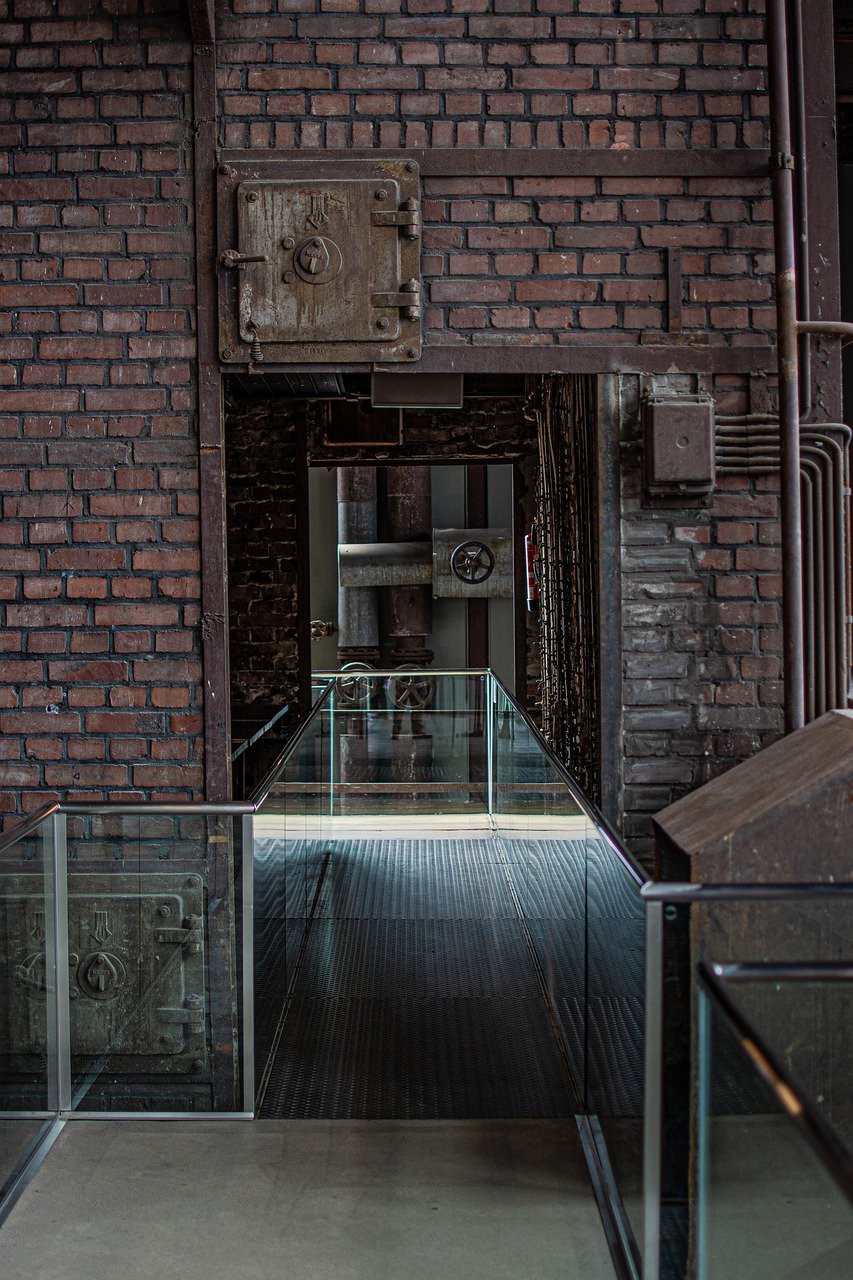Space to grow

Remi Smith, Associate Director at Avison Young UK, discusses the power and potential of industrial space in fuelling life sciences sector growth.
The UK’s life sciences sector, which has been responsible for multiple groundbreaking medical discoveries, has seen a significant surge in investment over the past few years. The government values the sector at £94 billion, and its growth is expanding quickly to investment hubs across the country, beyond the traditional Golden Triangle in the South East.
A significant increase in funding was recently announced for the Liverpool City Region’s Life Sciences Investment Zone, which now totals £160 million and is creating 8,000 new jobs, further enhancing the North West’s position as a vibrant hub for the sector’s continued growth.
While investments are being directed into areas like Liverpool’s Knowledge Quarter and Manchester Science Park, the demand for laboratory space is outpacing supply due to the surge in investment. Coupled with the climbing costs of lease agreements, businesses are now uncovering the opportunity in alternative, flexible space.
Navigating demand shifts
The appetite for industrial space stretches beyond logistics and manufacturing. Now, businesses from all sectors, including life sciences, are turning to industrial units due to their affordability and flexibility.
In 2023, the real estate sector observed take up of a massive 22.3 million square feet of industrial space, exemplifying the strategic shift from traditional commercial space, as both developers and occupiers began to recognise the previously overlooked potential of mid-box units.
As the life sciences sector continues to evolve and grow, the spaces they inhabit must follow suit. The life sciences sector is increasingly recognising the opportunities presented by industrial space, with more occupiers and operators turning to retrofitted units that offer them the ability to operate and scale with ease.
The unique elevated ceiling heights of industrial units are being favoured amongst life sciences occupiers and operators, and the broader versatility of these units enables the ever-increasing move towards modular design.
While retrofitting existing buildings demands careful planning and strategy, it is increasingly appealing to the life sciences sector because it bypasses the high environmental costs associated with new construction. As a result, it presents a more sustainable and cost effective solution in the pursuit of a greener, more economically sustainable future.

Design to enable sector growth
With fast-growing medtech businesses and funded R&D schemes accelerating at pace, a more versatile space must be adopted by businesses to enable agile working and to drive significant growth. When considering the shift in occupier attitudes towards fostering collaboration and innovation in working environments, the increased traction for modular design is apparent.
As the life sciences sector continues to evolve and grow, the spaces they inhabit must follow suit. The art of modular design removes the need for traditional partitioning, allowing companies to scale up or cut back their office, research or laboratory space, depending on their growth trajectory. This customisation and repurposing, enabled through modular design, permits occupiers to shape and modify their spaces at a pace that complements their business needs.
These innovative and flexible spaces can offer significant cost savings and operational benefits to the occupier and landlord too. Occupiers can fit out a space that allows equipment to be easily removed and reinstalled at a new location, minimising time and cost implications.
As occupiers look to the opportunity in industrial space, it’s imperative for advisory firms to push this value-add education to industrious landlords, showcasing the value of modular space that offers the opportunity to catalyse growth across the sector.
Shaping the future of life sciences
The combination of more investment in the life sciences sector and a significant increase in lease costs has triggered a chain reaction, resulting in a sharp increase in demand for industrial space within the sector. The life sciences sector is an example of how public-private collaboration has been pivotal to unlocking growth, with key voices across both parties realising opportunity and regenerating unconventional space to deliver and maximise value.
As investment continues to rise across the sector, it’s clear that city regions must look to the versatility of industrial units to remedy the lack of R&D and laboratory space, expanding life sciences ecosystems beyond their university hotspots and attracting further investment to unlock continued growth.







